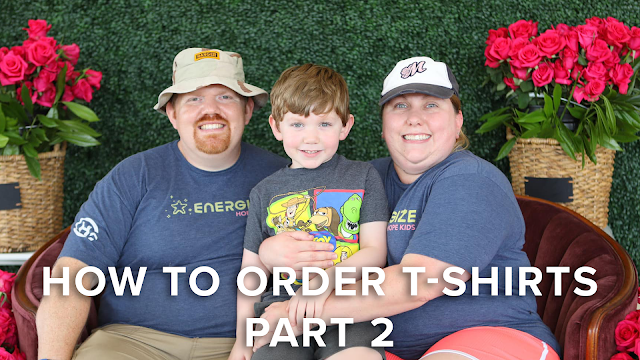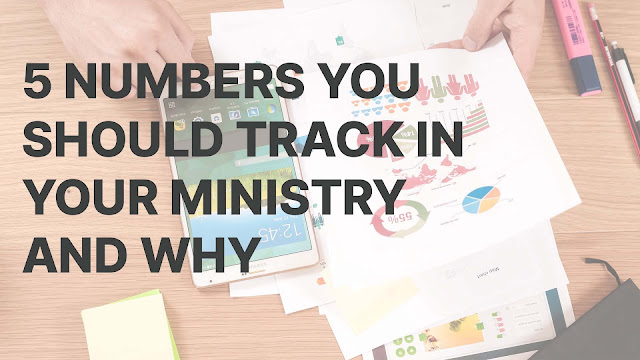How to Order T-shirts: Part 2
This is the second of a three-part series. You can read the other posts in this series here:
In this post I’ll answer the question how many shirts should I buy?
In a perfect world, you’d have every participant’s shirt size weeks in advance of your event so you can order the exact right amount and eliminate waste or worse, run out of a particular size. But because of Adam and Eve’s failure we don’t live a perfect world, and now we have to guess.
Thanks a lot guys.
My degree is in math education and we’re going to do a little statistics to answer this question, but if you’re the kind of person that freaks out at the sight of letters in an equation, don’t worry. I'll help you get through this. I’ve included an excel spreadsheet at the end of this post where all you have to do is change a few numbers, and the math is done for you automatically.
The easiest way to get this answer is to ask the people who are going to wear them what size they wear. Most of the shirts I order is for VBS, so I ask on the registration form. This doesn’t include the kids who just show up, but it gives a jumping off point.
Another, but less reliable way is to find previous order from a similar event your church has done and use that information.

In a perfect world, you’d have every participant’s shirt size weeks in advance of your event so you can order the exact right amount and eliminate waste or worse, run out of a particular size. But because of Adam and Eve’s failure we don’t live a perfect world, and now we have to guess.
Thanks a lot guys.
My degree is in math education and we’re going to do a little statistics to answer this question, but if you’re the kind of person that freaks out at the sight of letters in an equation, don’t worry. I'll help you get through this. I’ve included an excel spreadsheet at the end of this post where all you have to do is change a few numbers, and the math is done for you automatically.
What sizes do you need?
After you’ve made your designs, picked your shirts, figured out how many shirts, and sent it off to your preferred printer, the next question they’re going to ask is “What sizes do you need?”The easiest way to get this answer is to ask the people who are going to wear them what size they wear. Most of the shirts I order is for VBS, so I ask on the registration form. This doesn’t include the kids who just show up, but it gives a jumping off point.
Another, but less reliable way is to find previous order from a similar event your church has done and use that information.
My previous church decided to give away shirts to first time guests. Since knowing their shirt sizes ahead of time was literally impossible, I had to work off another order for the congregation to get an idea of what sizes to wear. It wasn’t anywhere close to perfect, but it was a good starting point, and our follow up order was much more accurate. In either case, I used the method we're going to cover in this post.
How Many Shirts Do You Know You Need?
After you’ve collected what sizes you need, or as many as you can, (at least 30 because, statistics), lay them all out in a table like the one shown below with the sizes in one column and the quantities in the next. Then find out the total of those shirts. I'm using easy numbers in this example with a lot of sizes to make the math simple. It won't be like this in the real world.
Find the Distribution
What you want to do is find the distribution of sizes. In other words what percentage of how many shirts are ordered are medium? This is a super easy to do. In this example of medium shirts, take the number of shirts ordered, in this case 10, and divide it by the total number of shirts, 75. If you did it right, the number should be a decimal less than one.
Multiply it by 100 and you have your percentage. Or just hit the percentage button on your calculator or excel; both work. Do this same math for each size that you’re going to order. This step isn't necessary, but it makes for cleaner numbers working forward. Also, you'll want to round up for every decimal. It's better to have more than less.
Multiply by the Total Number of Shirts Needed
This next part is where we get technical. In this example, we need 250 shirts, but we only know about 75 shirt sizes. We’re going to take the distribution and multiply it by 250 to get how many shirts we need.
Let’s go back to our example of medium shirts. We know from our earlier step that 13% of all the shirts we're ordering need to be mediums. So, all we need to do is multiply 13% or .13 by the total number of shirts we want to order, in this case 250. Once we round that to the nearest whole number, we get 33. So, we need to order 33 medium shirts.
Do this same math for each size. To make sure you did your math right add the new totals together and you should get the total number of shirts you want to order.
This system isn’t perfect, and the more shirt sizes you can get at the beginning will help you get closer the correct number you need.
Below you can download the excel sheet that will do all the math for you. All you need to do is enter in the sizes you need, their known quantities, and the total number of shirts and the sheet will do the rest for you.
Feel free to reach out if you have any questions.
My next post will talk about how to distribute your shirts well as well as what to consider if you’re going to sell them.
Do this same math for each size. To make sure you did your math right add the new totals together and you should get the total number of shirts you want to order.
This system isn’t perfect, and the more shirt sizes you can get at the beginning will help you get closer the correct number you need.
Below you can download the excel sheet that will do all the math for you. All you need to do is enter in the sizes you need, their known quantities, and the total number of shirts and the sheet will do the rest for you.
Feel free to reach out if you have any questions.
My next post will talk about how to distribute your shirts well as well as what to consider if you’re going to sell them.








Comments
Post a Comment